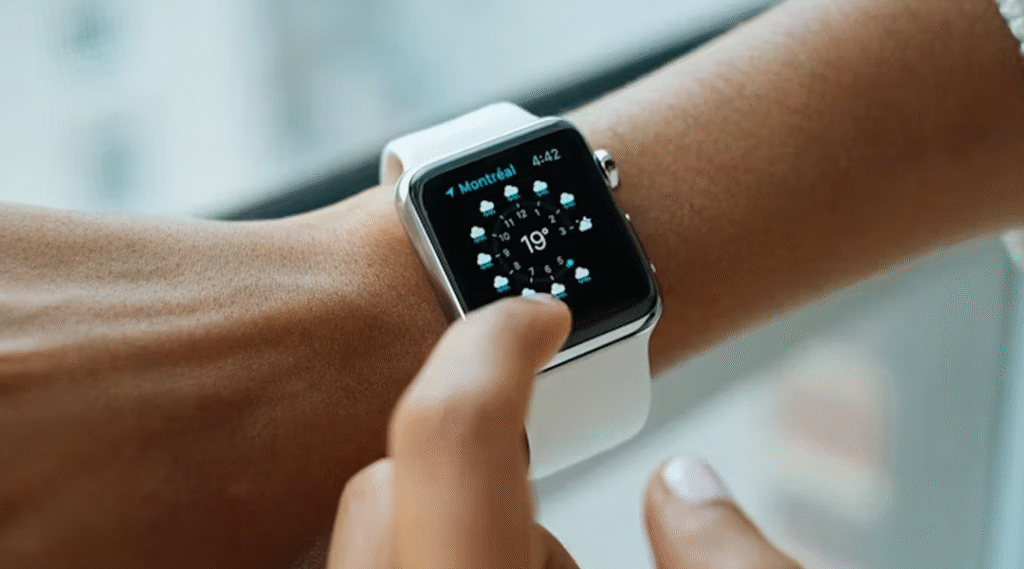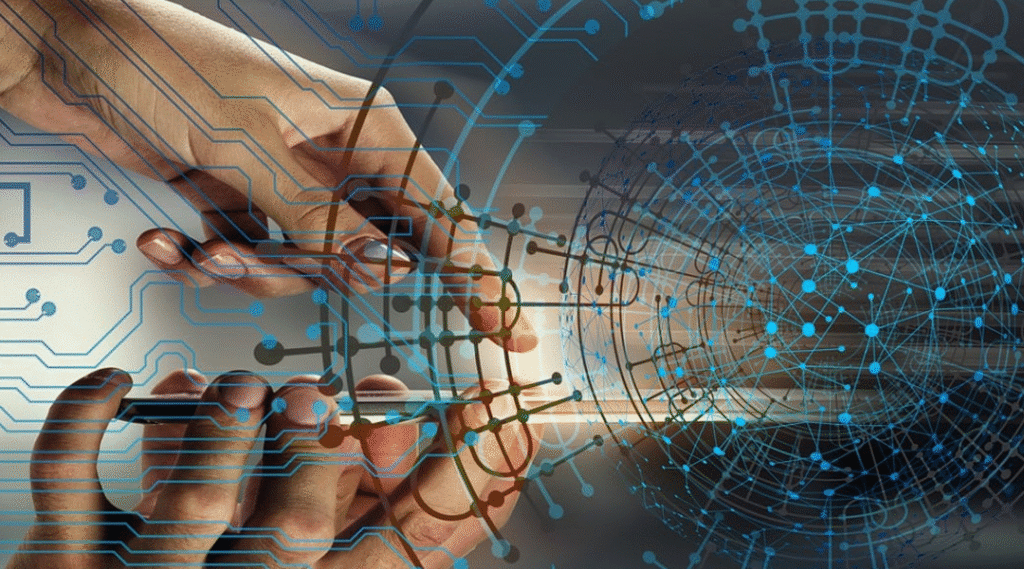As cutting‑edge technologies like artificial intelligence (AI) and the Internet of Things (IoT) become integral to daily life, smartwatches stand out as the most accessible entry point for ordinary people. Combining familiar wristwear with powerful sensors, always‑on connectivity, and seamless mobile integration, smartwatches bridge the gap between advanced technologies and everyday routines. By examining factors such as form factor, sensor ecosystems, user interface design, and cost considerations, we can understand why smartwatches are uniquely positioned to democratize AI and IoT benefits.
Ubiquitous Form Factor and Consistent Engagement
Unlike smartphones or home assistants, smartwatches live directly on the body, ensuring continuous engagement. The simple act of glancing at your wrist offers quick access to real‑time information—be it weather updates powered by AI‑driven forecasting models or IoT‑based home‑security alerts. This persistent availability lowers the activation energy required for users to leverage advanced features: there’s no need to fumble for a phone or speak a wake‑word. Over time, that small convenience compounds into meaningful behavior change, as users naturally develop habits around glanceable interactions and subtle haptic prompts.
Rich Sensor Suite for Personalized Insights
Modern smartwatches pack accelerometers, gyroscopes, heart‑rate monitors, SpO₂ sensors, and even skin‑temperature gauges. These sensors feed AI algorithms that detect patterns—sleep quality trends, irregular heart rhythms, or changes in daily activity levels. Because the wrist is a stable, always‑worn platform, the data stream is both consistent and context‑rich. Machine learning models running at the network edge or in the cloud can process these signals to generate personalized health recommendations, stress‑management prompts, or exercise coaching. Ordinary users receive real‑time, actionable insights without understanding the underlying complexity of signal processing or AI model training.
Seamless Integration with Smartphones and Home IoT
Smartwatches serve as natural extensions of smartphones, inheriting cellular or Bluetooth connectivity to relay sensor data to companion apps. This connectivity also allows them to act as remote controls for broader IoT ecosystems: adjusting thermostat settings, controlling smart lighting, or unlocking connected door locks—all from the wrist. AI‑enabled automation routines can learn user preferences over time; for example, a watch‑detected rise in body temperature at the end of a workday might trigger an air‑con pre‑cool cycle. This level of automation removes manual friction, placing sophisticated home‑management tasks within a tap or voice‑prompt away.
Intuitive Interfaces Minimize Learning Curves
Smartwatch operating systems prioritize simplicity. Glanceable watch faces, modular widgets, and haptic feedback replace the complex menus and multi‑step flows users encounter on other devices. AI‑driven virtual assistants embedded in smartwatches can understand natural‑language queries and provide concise spoken or text‑based responses. These streamlined interfaces lower barriers for non‑technical users, enabling them to interact with AI agents for tasks like setting medication reminders, translating phrases on the fly, or receiving AI‑summarized news briefs. No programming skills or dense setup procedures are required—just a few taps or spoken commands.
Affordability and Tiered Entry Points
Unlike specialized health‑monitoring wearables or bespoke IoT hubs, smartwatches span a wide price range—from budget‑friendly models under $100 to premium devices exceeding $500. Entry‑level watches often offer core fitness tracking and notification features, while mid‑range and flagship devices layer on advanced AI‑enabled analytics, cellular connectivity, and comprehensive IoT controls. This tiered ecosystem allows users to start small—perhaps trying a basic step‑counter watch—and gradually upgrade as they perceive value in more advanced capabilities. The scalable investment model reduces risk and encourages broader adoption.
Trust, Privacy, and Data Ownership
Because smartwatches handle sensitive personal data, leading manufacturers have introduced on‑device processing for critical AI functions—such as fall detection or ECG analysis—minimizing cloud exposure. End‑to‑end encryption, user‑consent prompts, and transparent privacy dashboards empower ordinary users to control data sharing. By building trust through clear policies and hardware‑anchored security features (secure enclaves, biometric locks), smartwatch platforms foster confidence that encourages deeper engagement with AI and IoT services.
The Go‑To Platform for Everyday Engagement
Smartwatches encapsulate the perfect balance of convenience, capability, and affordability, making them the ideal conduit through which ordinary people can experience the transformative power of AI and IoT. Their always‑on presence, rich sensor arrays, seamless ecosystem integration, and user‑friendly interfaces lower barriers to entry and cultivate new habits. As manufacturers continue to refine on‑device intelligence, expand compatibility with emerging IoT standards, and uphold stringent privacy safeguards, smartwatches will remain the go‑to platform for everyday engagement with tomorrow’s technologies—today.
More relative articles:
From Screen to Lens: Can AI Glasses Truly Take Over the Role of Smartphones?
Smart Kitchens Take Their Temperature: Are Smart Food Thermometers the Gateway to Connected Cooking?
As for in-depth insight articles about AI tech, please visit our AI Tech Category here.
As for in-depth insight articles about Auto Tech, please visit our Auto Tech Category here.
As for in-depth insight articles about Smart IoT, please visit our Smart IoT Category here.
As for in-depth insight articles about Energy, please visit our Energy Category here.
If you want to save time for high-quality reading, please visit our Editors’ Pick here.



